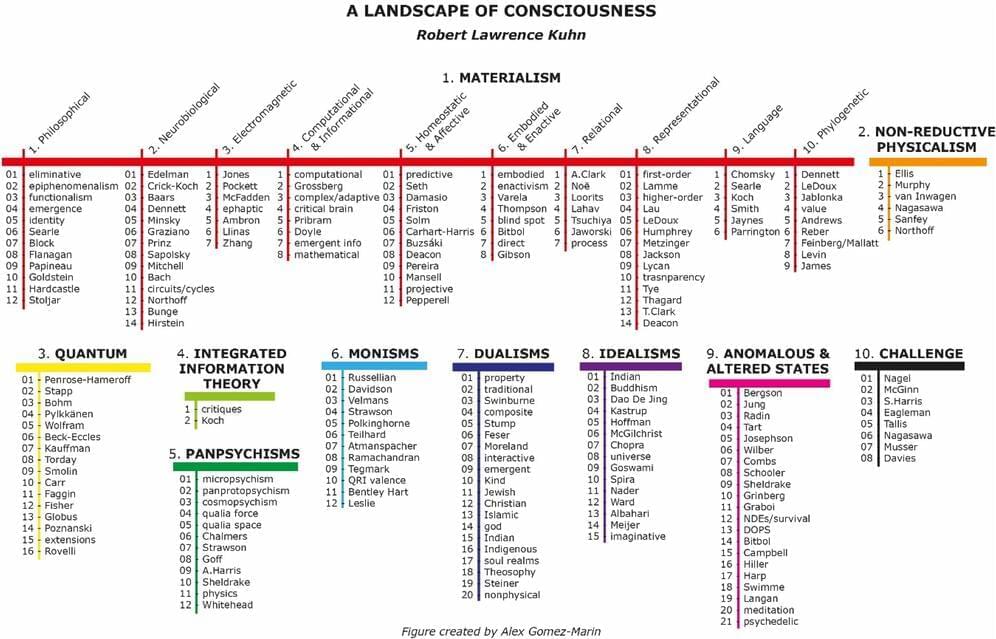“Our vision is for chip designers and engineering students, not just suppliers and manufacturers, to co-locate here, to create a value added ecosystem beyond just what it takes to build chips, and that’s how we’re going to create more value in the Phoenix economy,” Mack said.
A further three plants are also planned for the Phoenix site, which could bring TSMC’s total investment in the area to over $120 billion. Tech giant Apple has announced it will buy semiconductors from the fabrication plants.
The plants are anticipated to create 10,000 permanent jobs, and another 80,000 are expected to be created in the surrounding development.









